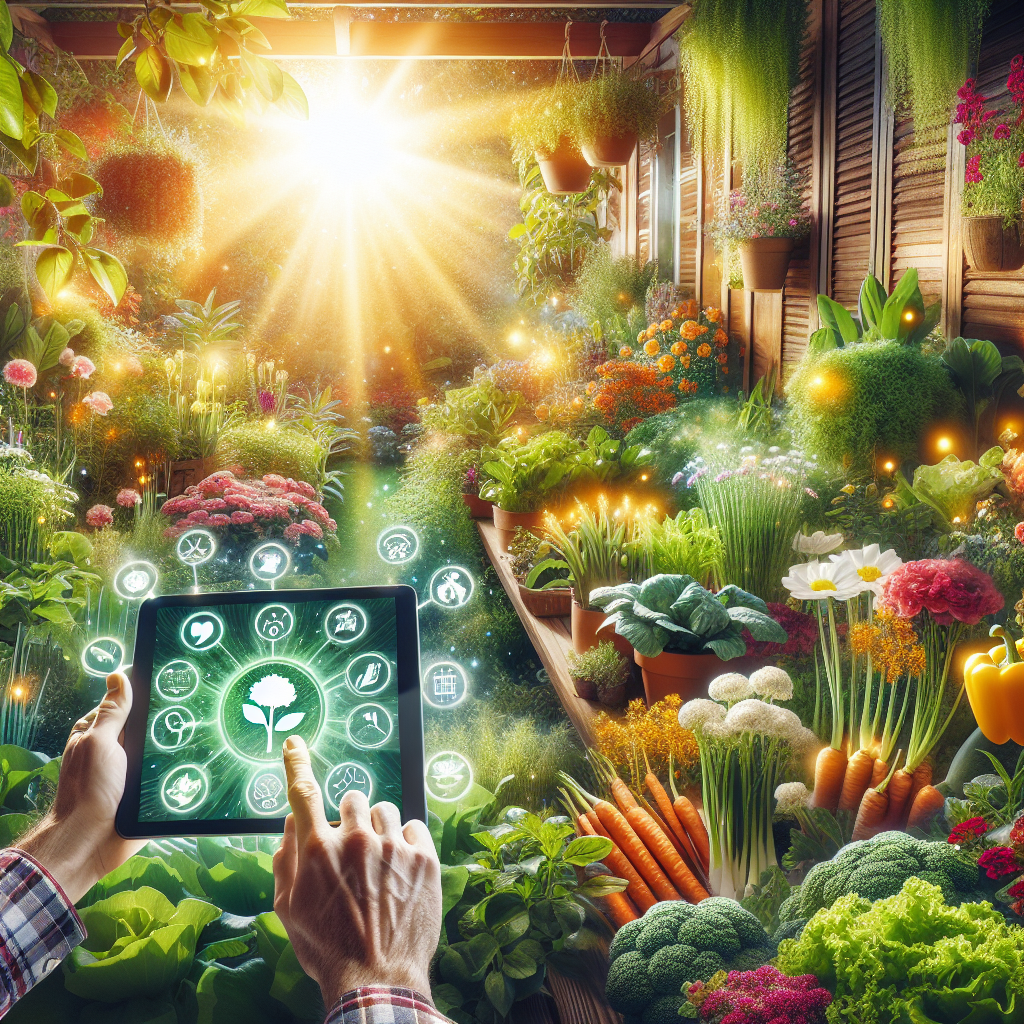Introduction to the Rise of Gardening Apps
In an era where digital technology touches almost every aspect of our lives, it’s no surprise that gardening, one of the oldest and most fundamental human activities, has also gone digital. The popularity of gardening apps has seen a significant uptick in recent years, a trend that aligns with increased interest in sustainability, self-sufficiency, and mental well-being. This article delves into why gardening apps are becoming essential tools for both novice and experienced gardeners alike.
Driving Factors Behind the Popularity of Gardening Apps
Urbanization and the Need for Green Spaces
As urban areas continue to grow, the craving for green spaces and connections to nature has intensified. Gardening apps cater to this need by helping city dwellers maximize limited space through vertical gardens, balcony gardens, and efficient container gardening. These apps provide valuable guidance on plant care, pest control, and optimal plant placement, making gardening more accessible to urban residents.
The Pursuit of Health and Well-being
In the wake of the global health crisis, there has been a renewed focus on physical health and mental well-being. Gardening is known for its therapeutic benefits, including stress reduction and improved mental health. Gardening apps enhance this experience by offering a structured way to manage gardening tasks, track plant growth, and even remind users to water or fertilize their plants, ensuring successful and rewarding gardening endeavors that contribute to overall well-being.
Technological Advancements
Technological innovation has also played a crucial role in the rising popularity of gardening apps. Features like augmented reality (AR) allow users to visualize their garden layout before planting. Other apps use machine learning algorithms to diagnose plant diseases from photos uploaded by users, providing quick and effective solutions. Such advanced features attract tech-savvy gardeners who appreciate the integration of technology with traditional gardening practices.
Educational Resources and Community Engagement
Many gardening apps provide extensive educational resources, such as articles, how-to videos, and tutorials on various gardening techniques. This information is crucial for beginners who are just starting out and for experienced gardeners looking to expand their knowledge. Additionally, community features within these apps offer a platform for gardeners to share tips, seeds, and even their harvests, fostering a sense of community and collective learning.
Impact on Environmental Awareness and Sustainability
Gardening apps also promote environmental awareness by encouraging practices such as composting, organic gardening, and water conservation. They often include features that help plan seasonal gardens that are more adaptable to local climate conditions, reducing water usage and enhancing plant health. By educating users on sustainable practices, these apps play a significant role in promoting eco-friendly gardening.
Conclusion: The Future of Gardening in a Digital Age
As we move further into the digital age, the intersection of technology and traditional practices like gardening is expected to grow even more integrated. Gardening apps are at the forefront of this movement, offering tools that not only simplify gardening tasks but also enhance the user’s ability to produce successful, sustainable, and enjoyable gardens. Whether you are a city dweller with a small balcony or a homeowner with sprawling yards, gardening apps can provide the knowledge, community, and tools needed to transform your green spaces.
With their ability to adapt to users’ needs, promote sustainable practices, and foster community learning, the future of gardening looks not only greener but smarter too.


